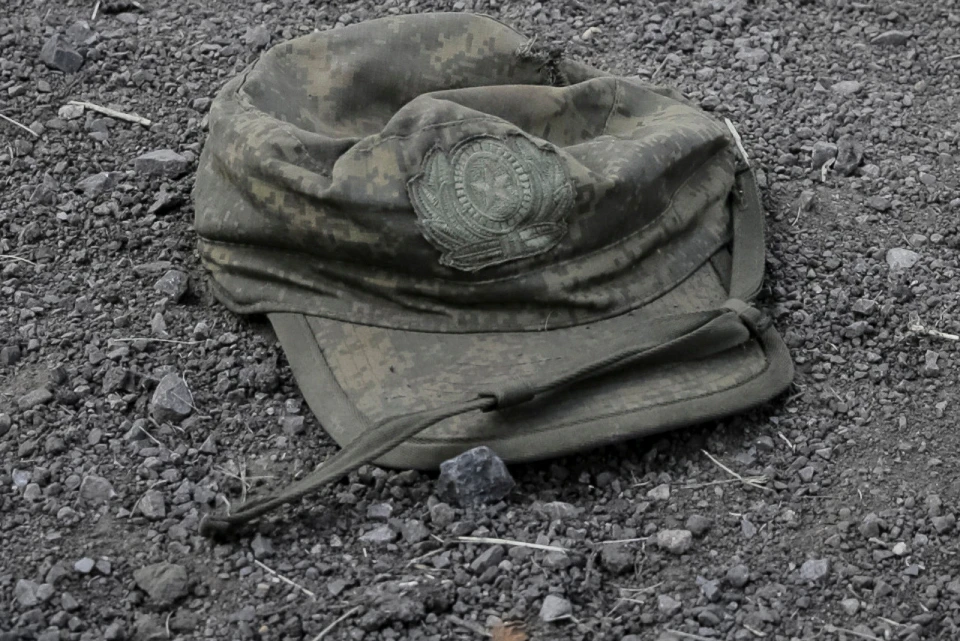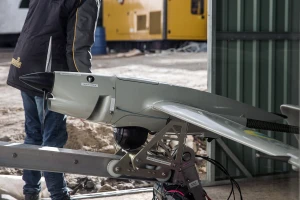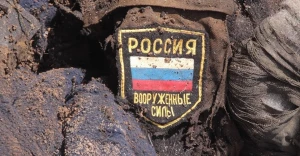
Russia’s battlefield losses in Ukraine: January 2025 overview
In January 2025, the occupying Russian forces suffered traditionally heavy losses across several categories. These losses stem from systemic issues in supply, staffing, and command
Oleksandr Kovalenko, a military and political observer with the Information Resistance group, shared his analysis of Russia’s military losses in January.
Personnel losses
In January 2025, Russian forces reported 48,240 personnel losses, which, while not a record, marked the second-highest total since the beginning of the full-scale invasion.
This category has consistently remained high and continues to set records. The trend is expected to persist throughout 2025, the observer says.
For comparison, Russian personnel losses totaled 92,920 in 2022, 253,290 in 2023, and a staggering 430,790 in 2024.
Tank losses
In January, Russian forces lost 230 tanks.
In recent months, their average monthly loss of main battle tanks had declined to 250–300, with some months seeing fewer than 200 lost.
The Russian command continues to enforce strict conservation measures as tank reserves in storage and depots dwindle. As a result, record-high losses of 450–500 tanks per month, seen in the past, are unlikely to occur again, the observer explains.
Losses of armored fighting vehicles (AFVs)
In January, Russian forces lost 610 AFVs. While not an absolute record, this is still a significant figure, given the systemic crisis in the production and restoration of armored vehicles.
For reference, AFVs were heavily used during the intensified Russian offensive on the Pokrovsk-Kurakhove direction in eastern Ukraine, which resulted in a record loss of 923 units in October 2024. The Russian command sought to accelerate territorial gains in Ukraine before Donald Trump’s inauguration. These actions increased losses but failed to achieve their objectives, Kovalenko beleives.
Losses of towed and self-propelled artillery
In January 2025, Russian forces lost 961 artillery pieces.
While not a record, this figure surpasses the losses recorded in December and November. This increase is linked to Russian losses in other categories, which have forced artillery to provide greater fire support for advancing infantry. Additionally, weather conditions have hindered long-range drone targeting, requiring artillery to be positioned closer to the front line.
Losses of Multiple Launch Rocket Systems (MLRS)
Throughout January, Russian forces lost 10 MLRS units.
"Given the severe crisis Russian forces face in this category, it is unlikely that we will see significantly higher losses anytime soon—unless North Korean systems are deployed to offset the irrecoverable losses that Russia can neither produce nor restore," the observer concludes.
Losses of air defense systems
In January 2025, Russian forces lost 18 air defense systems.
This figure reflects the ongoing crisis in replenishing and compensating for these losses. Air defense systems are considered a critical category for Russian forces in terms of replenishment difficulty.
Losses of military and civilian transport
An absolute record was set for losses of motor vehicles — 2,954.
Due to the depletion of tanks, AFVs, and armored vehicles, Russian forces have resorted to using civilian transport for assaults. It is now common to see Russian troops storming positions in UAZs, VAZ 2121 "Niva" vehicles, Ladas, and other civilian cars. This contributes to consistently high personnel and transport losses, Kovalenko adds.
Throughout 2025, these figures will likely remain stable due to the worsening shortage of military equipment.
Losses of specialized military equipment
In January, Russian forces lost 55 units of specialized military equipment.
The losses of Russian forces in the first month of 2025 were not unexpected — they were entirely predictable. Russian command continues active offensive operations, attempting to compensate for the shortage of specialized military equipment by using civilian transport and infantry. Instead of tanks and AFVs, more infantry is sent into battle in light vehicles.
The intensity of combat operations may gradually decline in the near future, but this is unlikely to significantly impact losses in categories such as personnel and transport, the observer concludes.
- News












































